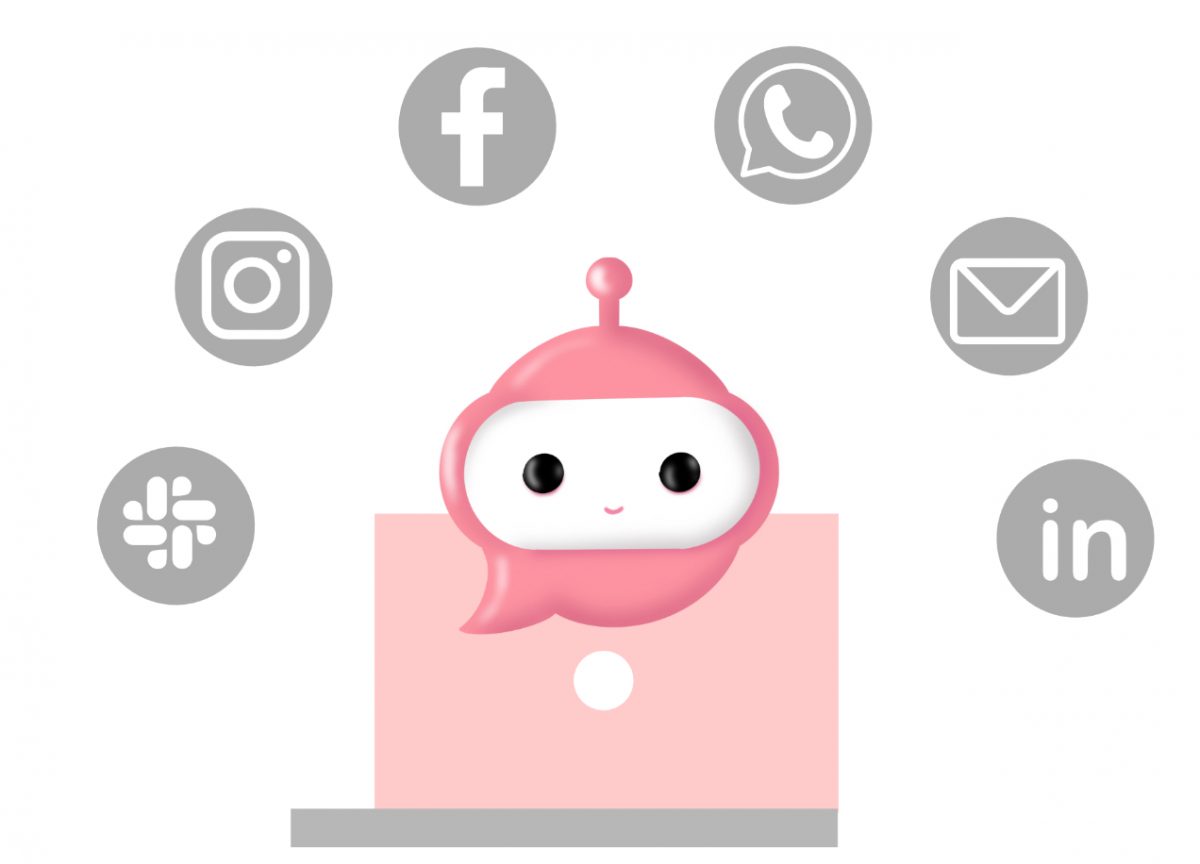Three out of five millennials have used chatbots at some point in their lives, according to research from Outgrow. Furthermore, according to Gartner, 30% of customer service firms will use AI-enabled process orchestration and continuous intelligence to perform proactive client services by 2023. Additionally, by integrating AI into their multichannel customer engagement platforms by 2025, customer service firms will increase operational efficiency by 25%.
Customer dynamics and the definition of an “easy” and “seamless” customer experience have changed during the past year (CX). To address the demand for immediate and tailored customer interactions, AI has emerged as the top investment priority for businesses due to the movement of consumers worldwide to online brands.
Conversational AI chatbots can be used by businesses to create a flawless CX strategy, which includes producing qualified leads for the company. In fact, 36% of businesses now employ AI chatbots to increase lead generation.
Marketing bots, especially those created specifically for generating leads (lead bots), gather data from potential customers and automatically identify high-quality leads from a variety of incoming web traffic. This enables the sales team to concentrate exclusively on prospects with the potential to bring in new business for the business in the future.
This blog explores the seven ways marketing bots can drive lead generation for your company.
Improve Your Understanding of the Target Audience
Understanding the target audience is the cornerstone of converting leads for every firm. The bot greets website visitors with phrases like “Want to know more about Product X? Simply say HELLO to begin.
A kind, human-like welcome message signals the start of a potentially beneficial engagement with the prospect.
The bot then asks a few qualifying questions to determine the prospect’s intent and make appropriate product and service recommendations.
Through an initial interaction with the prospect, the bot can understand likes and dislikes, respond to inquiries, and deliver useful information (instructions, tips, and helpful videos).
Additionally, AI chatbots can replace the conventional, laborious, and frequently time-consuming method of lead generating through form filling. By offering a variety of options, they may simplify data collecting and provide a smoother, more engaging process of asking qualifying questions.
The bots can qualify leads and send them to the appropriate team of subject matter experts for further nurturing based on the response and automatically generated buyer personas.
Pre-qualification Of Leads Automatically At Scale
Customer-facing chatbots can create exceptional conversational experiences for customers and automatically qualify potential leads at scale.
A conversational AI bot can qualify leads by asking a pre-defined set of industry-specific questions even when sales agents are busy or unavailable. Consequently, such bots can direct qualified leads to the sales team for more focused nurturing.
Create Customer Segments For Targeted Nurturing
To deliver more relevant engagement, segmentation involves profiling the audience based on variables such as region, company size, revenue, business needs, etc.
AI chatbots can be designed by businesses to segment the audience based on data acquired, offer pertinent marketing messages to nurture leads appropriately, and boost conversion rates.
Integration Of A Marketing Bot And A Live Chat Widget
In order to facilitate contact, offer prompt responses, and facilitate lead creation even when a human agent is not available, brand websites typically implement a live chat widget.
These chat widgets could be general chat widgets, support chat widgets, feedback chat widgets, or onboarding (or welcome) chat widgets.
Lead generation for brands can be boosted with a live chat widget that is coupled with a lead bot. In order for an agent to address the issue as soon as business as normal restarts, all the potential lead needs to do is submit information such as name, contact information, and the question. The bot will then gather this information.
Round-the-Clock Appointment Scheduling Using Marketing Bots
B2B companies frequently receive a large number of requests to schedule demos and one-on-one consultations.
Qualified leads can be guided by conversational AI chatbots to schedule product demos and sales meetings. They can gather pertinent data, suggest times for appointments, and notify meeting participants of the reservations.
Businesses don’t have to worry about scheduling issues or paying staff to handle appointments thanks to marketing bots.
Interest Recapture Using Triggered Messaging
Customers occasionally might not be sufficiently interested, have trouble using the brand’s website, or have inquiries regarding the goods.
Brands may want to reel customers back in at other times when they attempt to leave the website.
In this case, personalization and timing are essential for re-engaging the customer. Pop-up windows with trigger messages like “50% off only for you” or “Sign up to learn about forthcoming sales” can be sent by a marketing bot.
The bot may send an email that says, “Psst…we saw you left something in your cart,” after the user has already left the website. Return to receive a 20% discount.
Advantages of Marketing Bots for Lead Generation
-Produce quality leads at scale.
-Reduce the price of acquiring leads
-Improve ROI
-Customer help is available 24/7
-Improve the B2B client experience







